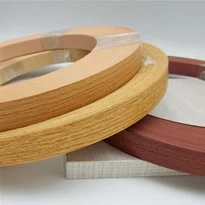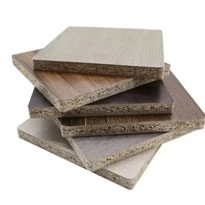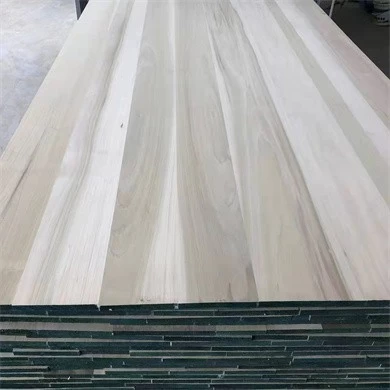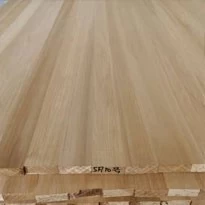Differences and advantages between oriented strand board (OSB) and ordinary strand board (three core comparisons)
1. Higher strength and strong deformation resistance
- The oriented planes form a “mechanical truss” structure, the longitudinal (smooth grain) tensile strength is 2-3 times higher than that of ordinary particleboard, and the transverse strength is also significantly improved, so it is not easy to be cracked or warped due to uneven stress, and it is suitable to be used as a structural board (e.g., flooring substrate, wall keel).
- *Application Scenarios*: customized cabinet load-bearing laminates, structural panels for assembled buildings, outdoor terrace subfloors, etc.
2. Better moisture resistance
- Waterproof adhesive (such as MDI glue) is usually added in the production process, and the oriented structure reduces the porosity, the water absorption rate is 30%-50% lower than that of ordinary particle board (the water absorption rate of ordinary particle board is about 8%-12%, and that of OSB is about 5%-8%), and the expansion rate is lower under humid environment, and it is not easy to be delaminated.
- *Application Scenario*: kitchen cabinets, bathroom furniture, basement decoration, etc.
3. Higher environmental protection grade (some products)
- High-end oriented strand board often uses non-formaldehyde adhesive (e.g. MDI glue), formaldehyde emission can reach ENF level (≤0.025mg/m³), far more than ordinary strand board (E1 level ≤0.124mg/m³), which is suitable for indoor spaces with high environmental protection requirements (e.g. children's room, bedroom).
Summarize: core advantages of OSB
1. Structural reinforcement: Directional paving gives mechanical performance advantages, suitable for load-bearing and anti-deformation needs.
2. Functional upgrading: better moisture-proof and environmental protection performance.
 |
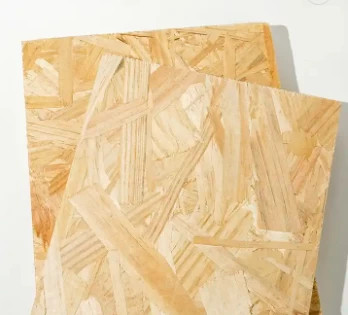 |
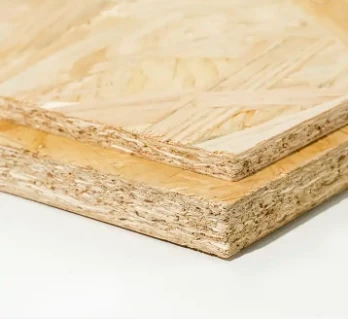 |


